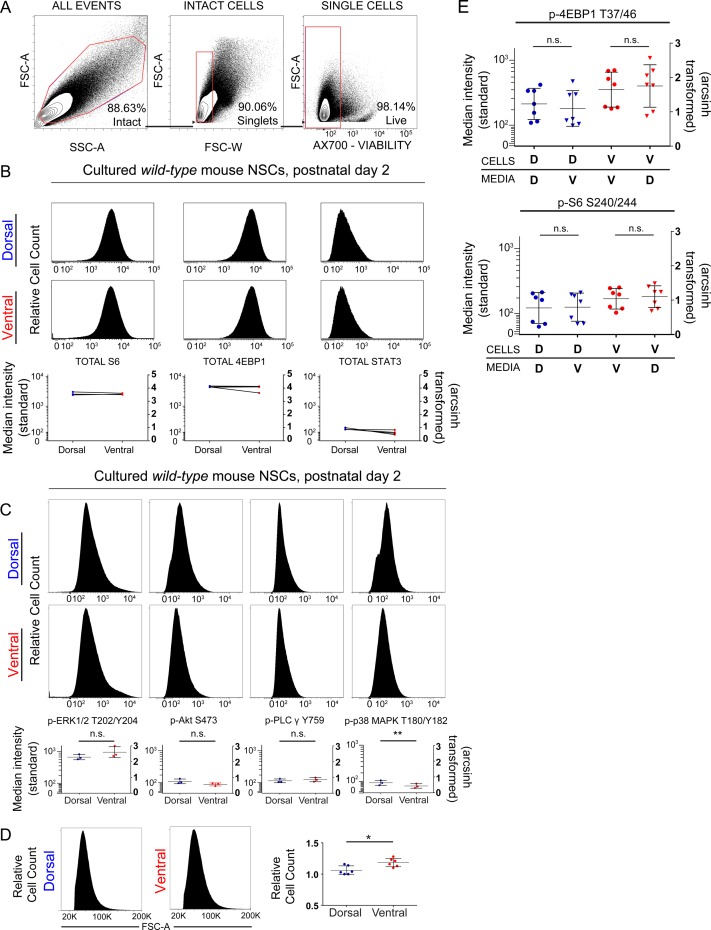Figure S2. Fluorescence flow cytometry shows no difference in total protein levels but reveals a slight difference in cell size.
(A) Representative example of gating strategy for culture experiments to obtain intact cells (FSC-A × SSC-A) from total events, single cells (FSC-A × FSC-W) within intact cells gate, and live cells (FSC-A × Ax700 viability dye) within single cells gate. Percentage of events within each gate is displayed in the bottom right corner. (B) Representative histograms showing relative abundance of total proteins (4EBP1, S6, and STAT3) in dorsal and ventral cultures. Median fluorescence intensity for each protein is graphed below, standard scale (left), and arcsinh scale (right). N = 3 mice. Paired t tests, 4EBP1 (P = 0.4052), S6 (P = 0.06254), STAT3 (P = 0.0753). (C) Representative histograms showing the median fluorescence intensity of phosphoproteins outside of the mTORC1 pathway. In the graphs shown below, left: standard scale and right: arcsinh scale. n = 3, n represents an individual P2 mouse. Paired t tests. p-ERK1/2 (P = 0.3122), p-Akt (P = 0.0920), p-PLCy (p-0.5458), and p-p38MAPK (P = 0.0054). (D) Representative histograms of FSC-A for dorsal and ventral cultured cells are shown with quantification to the right, n = 6 mice. Paired t test, P = 0.0228. (E) The pattern of elevated phosphorylation in ventral cells does not change after exposure to media conditioned by other cells. Neither the addition of ventral media to dorsal cells (p-4EBP1, P = 0.6012; p-S6, P > 0.9999) nor vice versa (p-4EBP1, P > 0.9999; p-S6, P = 0.2946), altered mTORC1 signaling. One-way ANOVA with Dunn’s multiple comparisons test. For all graphs, bars represent mean ± SD.

